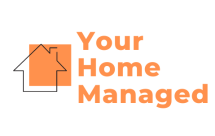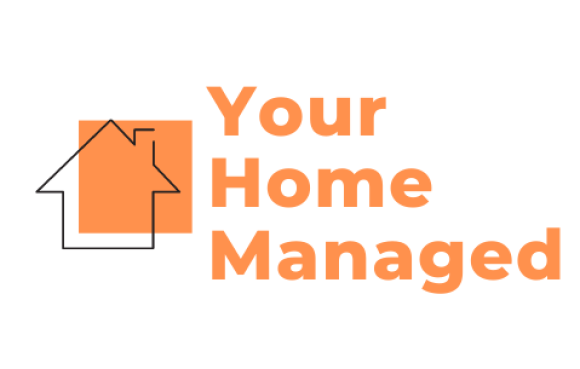
Legionella Risk Assessments for Landlords: Your Legal Duties Explained
Landlords in Lambeth are legally required to carry out risk assessments before renting out their property. Most are aware of gas safety checks, but one area often overlooked is the Legionella risk assessment - an important part of landlord compliance and rental property safety. The legislation around Legionella testing for landlords can seem confusing, which has caused some property owners to fall foul of their landlord legal responsibilities. Here’s a clear guide to help you stay compliant and protect your tenants.
What Is Legionella?
Legionella is a type of bacteria that can cause Legionnaires’ disease, a serious form of pneumonia. In the UK, it’s most commonly caught from inhaling tiny water droplets (aerosols) that contain the bacteria - often from water systems such as taps, showers, or hot tubs. The bacteria thrive in water systems that:
- Have a temperature between 20°C and 45°C
- Contain nutrients such as rust, scale, or biofilm
- Have been unused or stagnant for a long period
If you manage or let property in Lambeth, checking the condition of your water systems is a key part of your property management responsibilities.
Symptoms of Legionnaires’ Disease
Symptoms usually appear 2–10 days after exposure and can include:
- Headaches
- Muscle pain
- Fever and chills
- Cough (sometimes with mucus or blood)
- Chest pain
- Shortness of breath
- Nausea, diarrhoea, or vomiting
- Confusion or disorientation
Those most at risk include older adults, smokers, and people with weakened immune systems.
Your Legal Responsibilities as a Landlord
Under the Health and Safety at Work etc. Act 1974 and the Control of Substances Hazardous to Health Regulations (COSHH), landlords must ensure their properties are safe from health hazards - including Legionella. The HSE confirms that landlords do not need a professional Legionella certificate. You can perform your own Legionella risk assessment as long as it’s done competently and recorded properly.
In summary, your responsibility is to:
Assess the risk of exposure to Legionella.
Control any risks identified.
Keep records of your findings.
This ensures your rental property remains compliant with UK landlord safety regulations.
Are Older Properties at Higher Risk?
Older plumbing systems can be more prone to scale or corrosion, which encourages bacterial growth. However, even newer homes can develop Legionella if water remains stagnant or systems are neglected. Properties using combi boilers (which draw water directly from the mains) pose a much lower risk, while stored or stagnant water increases it. Replacing old heaters and removing unused pipework can help reduce your Legionella risk.
How to Carry Out a Legionella Risk Assessment
You can carry out your own Legionella risk assessment by following these steps:
Inspect the water system – look for storage tanks, unused pipework, and any stagnant water.
Identify who could be at risk – such as elderly or vulnerable tenants.
Record your findings – note the risks and what you’re doing to control them.
Apply control measures – like flushing taps, setting hot water to 60°C, and maintaining the system.
If you prefer, you can hire a professional for Legionella testing for landlords, though it’s not a legal requirement unless your assessment suggests a higher risk.
How Often Should You Review the Assessment?
There’s no set legal timeframe - the HSE advises that assessments be reviewed “periodically.” A good practice is to:
- Review your Legionella risk assessment every two years
- Reassess between tenancies
- Recheck after any plumbing or heating work
This proactive approach keeps your landlord compliance up to date.
Factors That Increase Legionella Risk
- Water temperature between 20°C–45°C
- Build-up of rust, scale, sludge, or biofilm
- Stagnant or slow-moving water
- Poorly maintained tanks or pipes
How to Reduce the Risk
- Run all taps and showers regularly, especially after void periods
- Keep hot water at 60°C or above
- Remove unused or dead pipework
- Clean or replace tanks as needed
- Keep systems free from scale and debris
- Have annual boiler and pipework checks
- Consider upgrading to a combi boiler to eliminate stored water
If you are a landlord and need more advice about your legal requirements regarding risk assessments, get in touch with the team at Your Home Managed. We can supply you with the information you need, so call us today on 0208 125 7780.
In the meantime, we’ve answered your common questions.
FAQs
Do I need to get my water tested for Legionella?
No. There’s no legal requirement to carry out lab testing unless your risk assessment identifies a reason to do so - such as an outbreak or high-risk tenants.
Can I do the Legionella risk assessment myself?
Yes. Most landlords can do their own assessment using HSE guidance, as long as they understand their property’s water system and keep a written record.
How long does a Legionella risk assessment take?
For a typical residential property, a basic assessment can take around 30–60 minutes to inspect and record.
What happens if I don’t do a Legionella risk assessment?
You could be held liable under health and safety laws if a tenant becomes ill and you can’t show that you’ve assessed and managed the risk properly.


